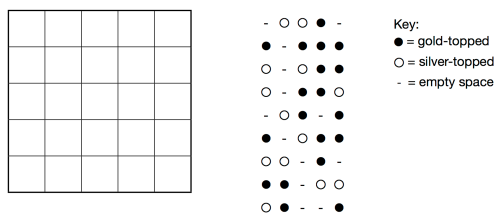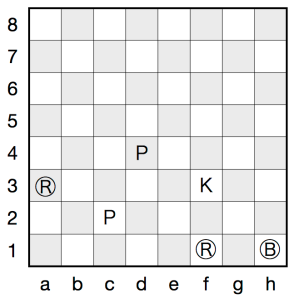From New Scientist #826, 28th December 1972 [link]
“Methinks I am a prophet new inspir’d”, says John of Gaunt in Act II of Shakespeare’s King Richard II. In the margin against this line in the first folio edition now reposing in the University of Wessex library someone has scribbled in cheap Biro, “So am I. I prophesy that my age on my death will be one twenty-ninth of the year of my birth.”
On the evidence of the handwriting the prophecy is the work of Sir Ambrose Arcane, the noted astrologer. If so, it is yet one more indication of his uncanny powers, since he did indeed die… well, at what age, and in what year?
A variation on this puzzle was published in the book Enigmas (1982), by Robert Eastaway, as follows:
“Methinks I am a prophet new inspir’d”, says John of Gaunt in Act II of Shakespeare’s King Richard II. In the margin against this line in the first folio edition now reposing in the University of Wessex library someone has scribbled in cheap Biro, “So am I. I prophesy that my age on my death will be one thirtieth of the year of my birth.”
On the evidence of the handwriting the prophecy is the work of Sir Ambrose Arcane, the noted astrologer. If so, it is yet one more indication of his uncanny powers.
In the very year predicted, whilst on a pilgrimage to the tomb of the great Tibetan astrologer, Daija Voo, Sir Ambrose tragically contracted smallpox.
In exactly what year, and at what age, was that?
[tantalizer275]












Recent Comments